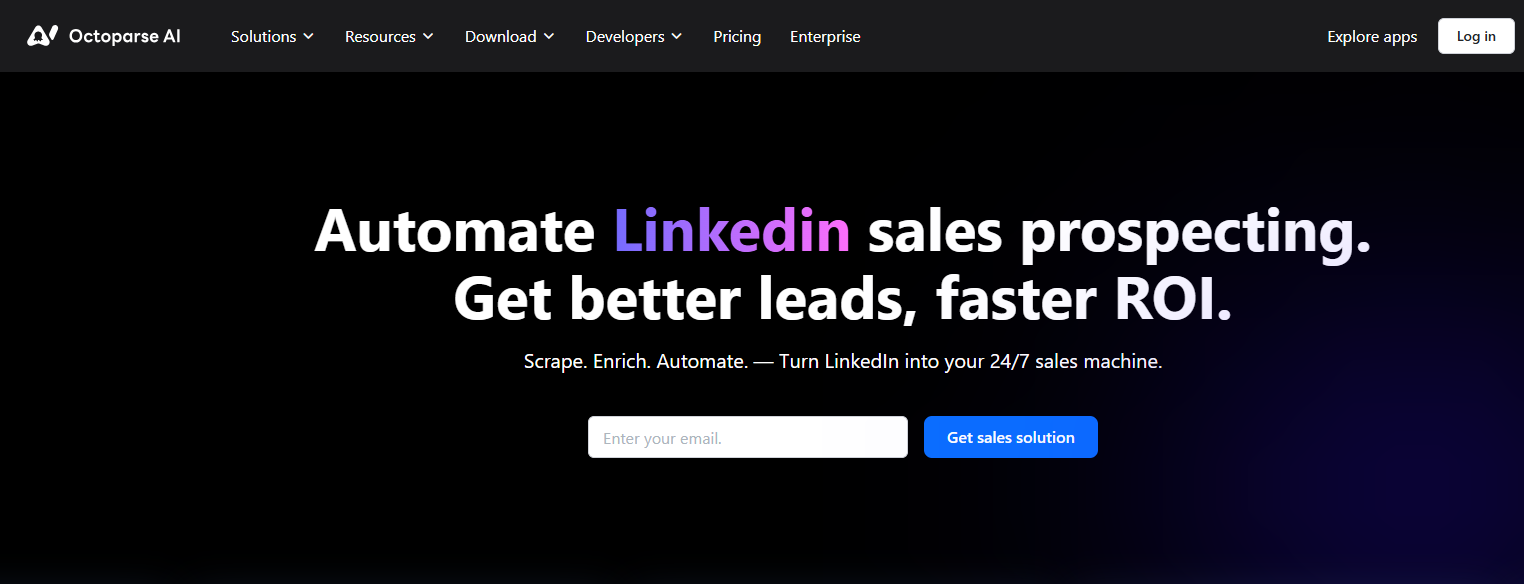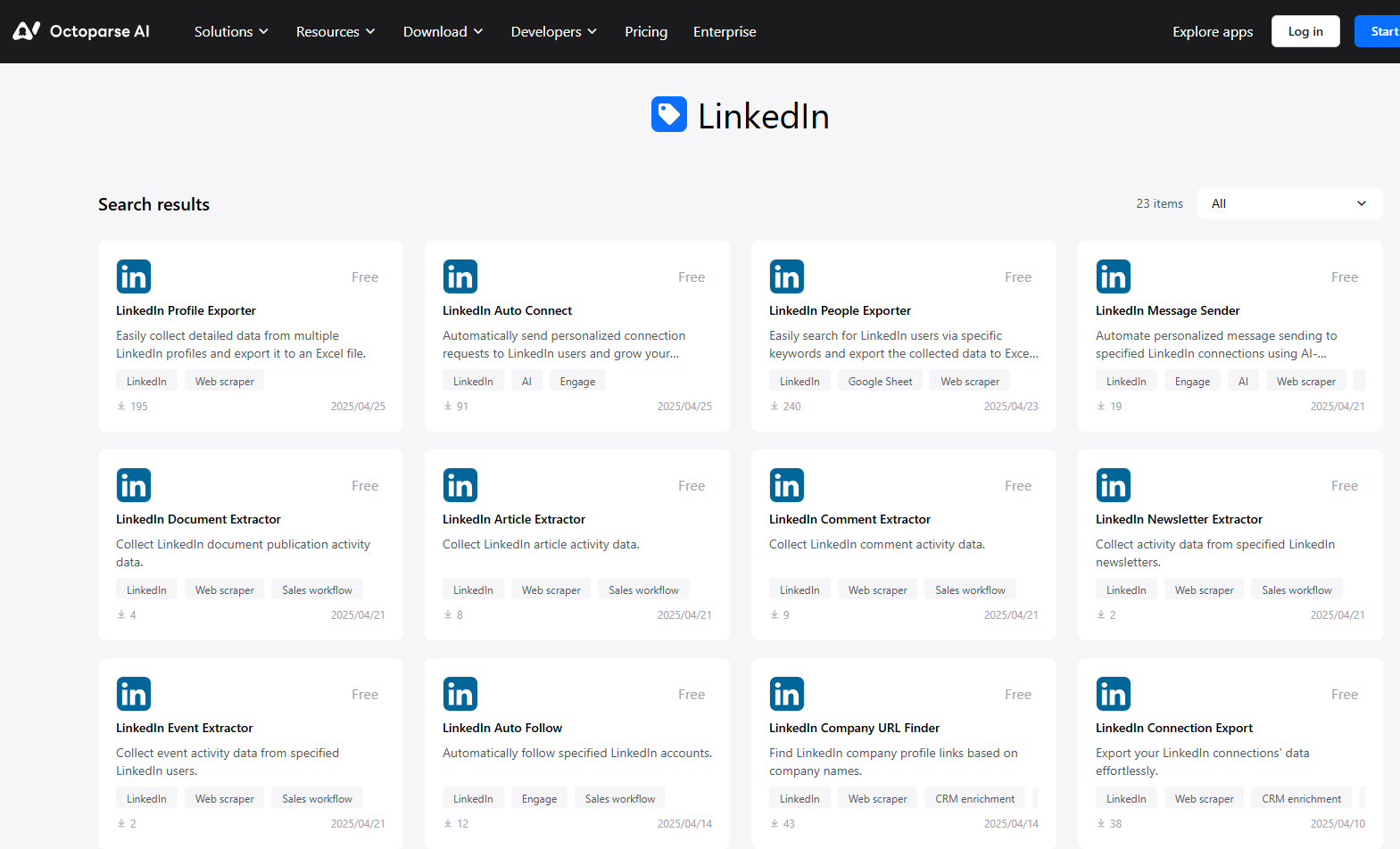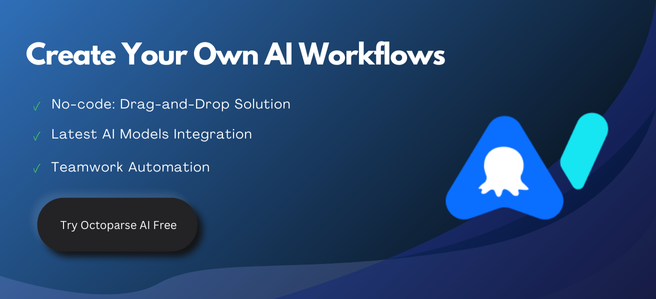Every seasoned sales professional knows the frustration of LinkedIn outreach – crafting thoughtful messages only to watch them disappear into the abyss of unanswered connection requests.
As a popular platform, the potential of LinkedIn is undeniable, but manual networking simply doesn’t scale. That’s where automation steps in, not as a shortcut, but as a sophisticated tool for relationship-building at scale.
What is LinkedIn Automated Connections?
LinkedIn automation refers to the use of specialized software that performs networking tasks automatically. These tools handle repetitive actions like sending connection requests, following relevant profiles, and even messaging new connections. The goal is to save time while expanding your professional reach.
Most automation tools work in one of two ways. Some rely on browser automation, where a bot mimics human actions such as clicking buttons and filling out forms. Others use API integrations, though LinkedIn heavily restricts these to prevent spammy behavior. Regardless of the method, the best tools incorporate safeguards to avoid triggering LinkedIn’s anti-spam algorithms and one of best of them is Octoparse AI.
Why Do You Need Automation for Your LinkedIn Networking?
Let me tell you what LinkedIn automation has done for my workflow. Remember those endless hours we all spend sending connection requests one by one? I used to waste entire afternoons just on outreach. Now my tools handle the grunt work while I focus on actual conversations. It’s like having an assistant who never sleeps – I wake up to new connections ready for meaningful chats.
The scale you can achieve is game-changing. Last quarter, my team connected with 3x more potential clients than we ever could manually. For recruiters especially, this volume makes all the difference when you’re racing to fill positions. But here’s what surprised me most – the consistency. No more forgetting to follow up with that promising lead from last week’s conference. The system tracks everything, so opportunities don’t slip through the cracks like they used to.
That said, it’s not about spraying invites everywhere. The real magic happens when you combine this scale with smart targeting. I’ve found that even with automation, taking an extra minute to personalize pays off in higher response rates. It’s about working smarter, not just harder.
Best Practices for Safe and Effective LinkedIn Automation
Let me share some hard-earned wisdom about LinkedIn automation – it’s powerful but needs careful handling. LinkedIn’s systems are constantly sniffing out robotic behavior, so you’ve got to play it smart. I learned this the hard way when my account got temporarily restricted after sending too many connection requests too quickly. These days, I keep it to about 80-100 invites per week max, and I always take an extra minute to personalize each message.

The difference between a generic “let’s connect” and mentioning something specific from their profile can be night and day in terms of response rates. When evaluating tools, I look for ones that let me fine-tune the timing and messaging – Octoparse AI has been solid for this, letting me automate without looking like a bot.
One thing I check monthly is LinkedIn’s latest policy updates. Their rules seem to change as often as the weather, and getting caught unaware can really set you back. A friend recently had his automation strategy working perfectly, only to get flagged after a policy change he missed. The key is staying informed and being willing to adjust your approach.

1. Auto-Follow: Expanding Your Network Intelligently
The auto-follow feature allows you to systematically grow your LinkedIn presence by automatically following relevant profiles and companies in your industry. Unlike manual following, which requires constant attention, automation enables you to maintain consistent engagement with key players while focusing on other business priorities. Tools like Octoparse LinkedIn Auto-Follow make this process seamless by letting you set a list of profile URLs that you are interested to ensure you’re connecting with the right audience.
2. Auto-Connect: Building Relationships at Scale
Sending personalized connection requests is the foundation of effective LinkedIn lead generation, but doing this manually is time-consuming. A well-crafted connection message that references a prospect’s recent post or shared interest significantly increases acceptance rates. Octoparse LinkedIn Search to Auto-Connect enhances this process by allowing hyper-targeted searches and automated outreach, ensuring your network grows with high-quality leads rather than random connections.
3. Auto-Send Messages: Nurturing Leads Efficiently
Once a connection is established, timely follow-ups are crucial for moving prospects through your sales funnel. Automated messaging enables you to send personalized, value-driven communications—such as sharing relevant content or inviting connections to webinars—without manual effort. This feature ensures no lead falls through the cracks while maintaining a natural engagement rhythm. With Octoparse LinkedIn Message Sender and his AI generated content, you can design multi-touch message sequences that build trust and position your solution effectively, turning new connections into potential customers.
4. Export Connections: Streamlining CRM Integration
The real power of LinkedIn lead generation lies in organizing and analyzing your network data. The export connections feature allows you to extract valuable contact details and interaction history, which can be seamlessly imported into your CRM for further nurturing. This capability enables better lead scoring, segmentation, and targeted outreach across multiple channels. Tools like Octoparse LinkedIn Connections Export simplify this process by providing structured data exports, ensuring your sales team can focus on high-potential leads rather than manual data entry. Together, these four automation features create a cohesive system for scalable, results-driven LinkedIn lead generation.
Conclusion
LinkedIn automated connections represent the future of efficient, scalable lead generation when executed strategically. By combining smart targeting with authentic engagement and systematic follow-up, professionals can build a consistent pipeline of qualified leads without sacrificing the personal touch that makes LinkedIn so powerful. The key is viewing automation not as a replacement for human connection, but as a tool to enhance your ability to build meaningful business relationships at scale. When used ethically and strategically, LinkedIn automation becomes an indispensable component of any modern lead generation strategy.
The magic happens when automation amplifies your existing best practices rather than replacing them. Imagine replicating your most successful manual outreach strategies, but reaching ten times as many qualified prospects without sacrificing personalization. The most effective practitioners treat automation like a skilled assistant – it handles the initial heavy lifting of connection requests and follow-ups, freeing you to focus on the human elements that actually convert leads. This nuanced approach transforms LinkedIn from a time-consuming chore into a consistent source of warm introductions and qualified opportunities.
The difference between successful automation and spam comes down to strategy and restraint. It’s about identifying your ideal prospects, crafting messages that resonate, and maintaining a natural engagement rhythm that builds trust rather than burning bridges. When executed with this level of intention, automated outreach becomes indistinguishable from your best manual efforts – just exponentially more efficient.
The result is a sustainable system that keeps your pipeline full while preserving what makes LinkedIn powerful: authentic professional connections.
